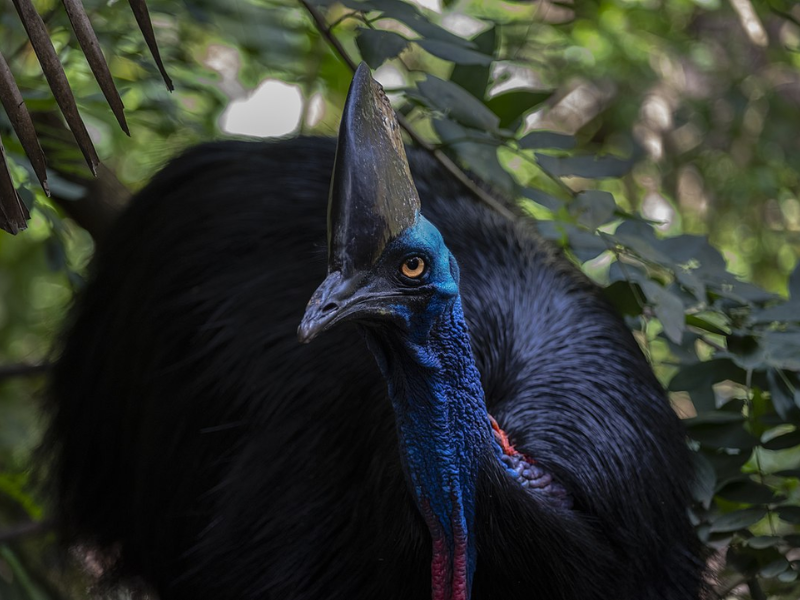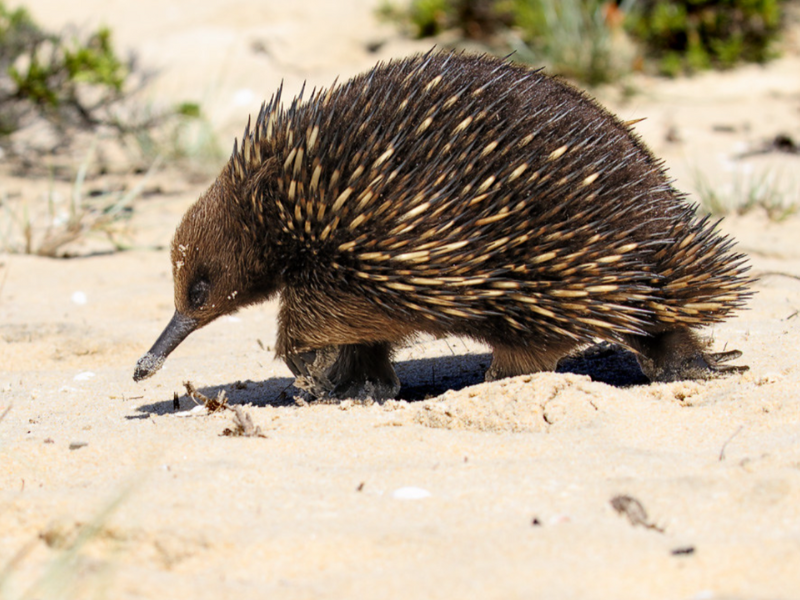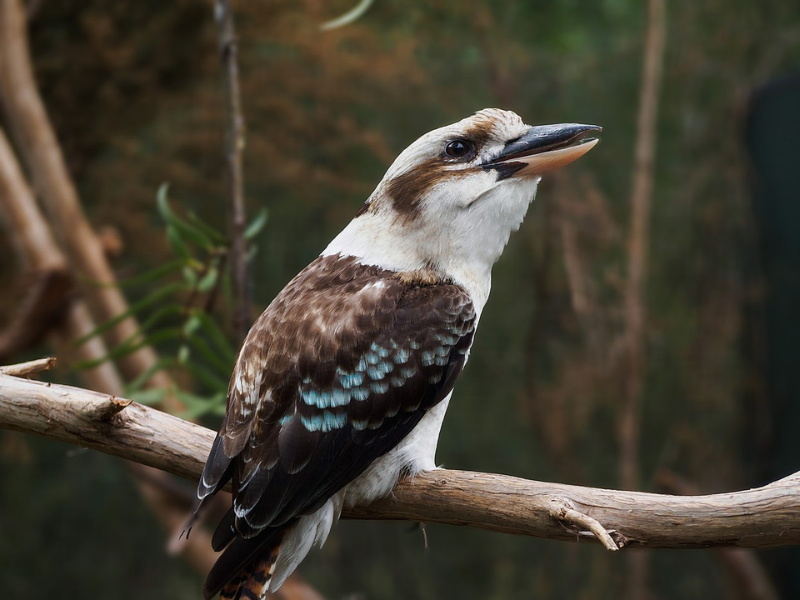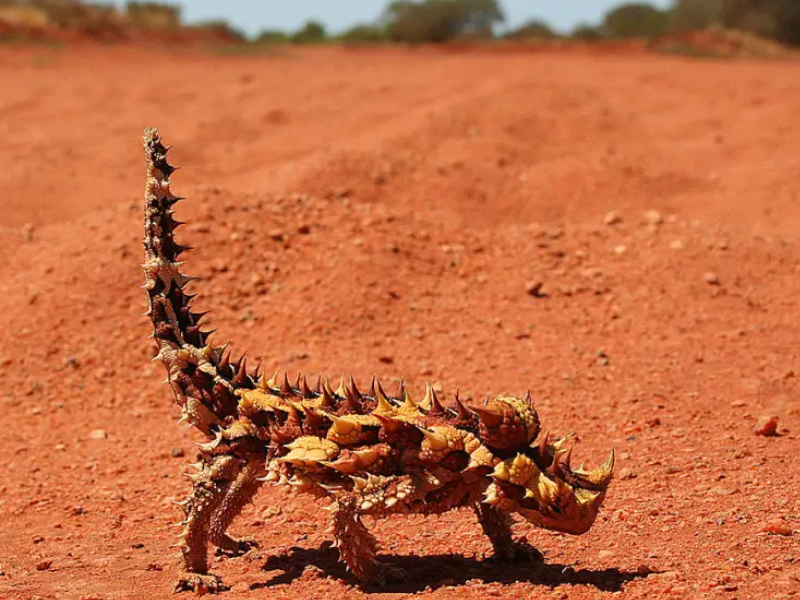Australia’s Most Fascinating Animals
Australia’s ecosystems are like none other in the world. The continent is so isolated from other land masses that its plant and animal life has evolved in the most unique and remarkable ways. There are species here found nowhere else in the world. Want to learn more about some of the fascinating animals that live in this magnificent place? Read on!
The Southern Cassowary

This large bird lives in humid tropical forest environments and is most active at dawn and dusk. It sports an unmistakable keratin casque on its head, though scientists still aren’t sure what evolution had in mind in giving this bird this distinctive feature. The southern cassowary is a relative of the emu and is the world’s second-heaviest bird. Only the ostrich weighs more. Much like the ostrich and the emu, the southern cassowary does not fly, but it has impressively sharp claws that are between 10 and 12 cm long. It also emits deep growls — almost makes you think of a dinosaur, doesn't it?
The southern cassowary may look a little terrifying, but it mainly eats fruits and, unless it is provoked, it is generally mild tempered, some might even say shy. Its sharp claws are used to defend itself but mostly to dig through the dirt for fallen fruit. This bird plays an important role in its natural environment. It helps spread the seeds from any number of tropical forest plants, including seeds that are so big that it’s the only one big enough to swallow them. Interestingly enough, some seeds have a better chance of germinating after they’ve travelled through this bird’s digestive tract!
Another thing that distinguishes the southern cassowary from other birds? Its young are raised by their fathers! Once the female lays the eggs, the male sits on them until they hatch and then takes care of the hatchlings for about nine months.
The Short-beaked Echidna

Isn’t this a porcupine? Nope! It’s a short-beaked echidna! This funny little creature has something unusual in common with the platypus: they are both mammals that lay eggs. This special trait earns them their very own classification: they are known as monotremes, mammals that lay eggs instead of giving birth to live babies.
After mating, females usually lay only one egg. It’s rare for them to lay two, let alone three. Once the egg is laid, it stays in the mother’s belly pouch and hatches after about ten days. The baby echidna, called a puggle, stays in the pouch for 45 to 55 days where it feeds on its mother’s milk. Yep, the echidna is a marsupial, just like a kangaroo! After its time in the pouch, the young echidna starts to grow its prickly spines, made of modified hairs. That means it’s time to get scooped out of its mother’s pouch and placed in a comfortable burrow in the ground where it stays until it’s about 200 days old.
Echidnas have several predators, like foxes and feral cats. When they are in danger, echidnas roll up into a ball or burrow into the ground, which lets them hide the vulnerable parts of their bodies, leaving only their sharp spines visible to attackers.
Their long beaks let them poke into ant and termite nests to eat. It’s no wonder they are sometimes called spiny anteaters! Echidnas love these insects so much that they are a major part of their diet.
The Kookaburra

The kookaburra is the largest of all kingfishers! Its oversized white head is comically big compared to the rest of its little bird body. Kookaburras are excellent hunters, and their thick beaks come in handy. They sit and wait high up and scan their environment for prey. Kookaburras are carnivores through and through. They eat insects, worms, and certain kinds of shellfish, as well as small mammals and other birds, and even reptiles, including venomous snakes!
What makes the kookaburra so unforgettable? Its looks? Its diet? Nope! Its call! Its call sounds like a big laugh!
You’ll hear kookaburra calls when the sun rises and sets. As a group, they sing as a chorus to mark their territory and to tell bystanders they are on the scene. They are very family oriented. Kookaburras mate for life and couples put in the same amount of work to build their nest and care for their young. Often, young kookaburras who have grown will stay with their parents an extra year and help them care for the new batch of little ones.
The Thorny Devil

Thorny devils are found in most of Australia’s desert environments, and this adaptive little lizard has some surprising superpowers to help it survive.
The first superpower is camouflage. Much like chameleons, thorny devils can change their colour to blend into the landscape, but their colour palette is restricted to reds, oranges, yellows, and greys. This is just fine, since they don't need the greens and blues or other colours needed to blend into a luxuriant tropical forest. Their colour palette matches the colours of the desert!
Their second superpower is how they feed. Thorny devils love ants. When they find an ant colony, they sit nearby and just wait for the ants to march out. When the moment is right, they gobble them up in the blink of an eye using their sticky tongues. How many can they gobble up in one sitting? Thousands! These meals are a great source of protein for them.
Did you enjoy learning about these amazing Australian animals? Would you like to learn more about nature’s wonders on the Australian continent? Come and see our all-new film, Australia 3D: The Wild Continent! Buy your tickets now!
